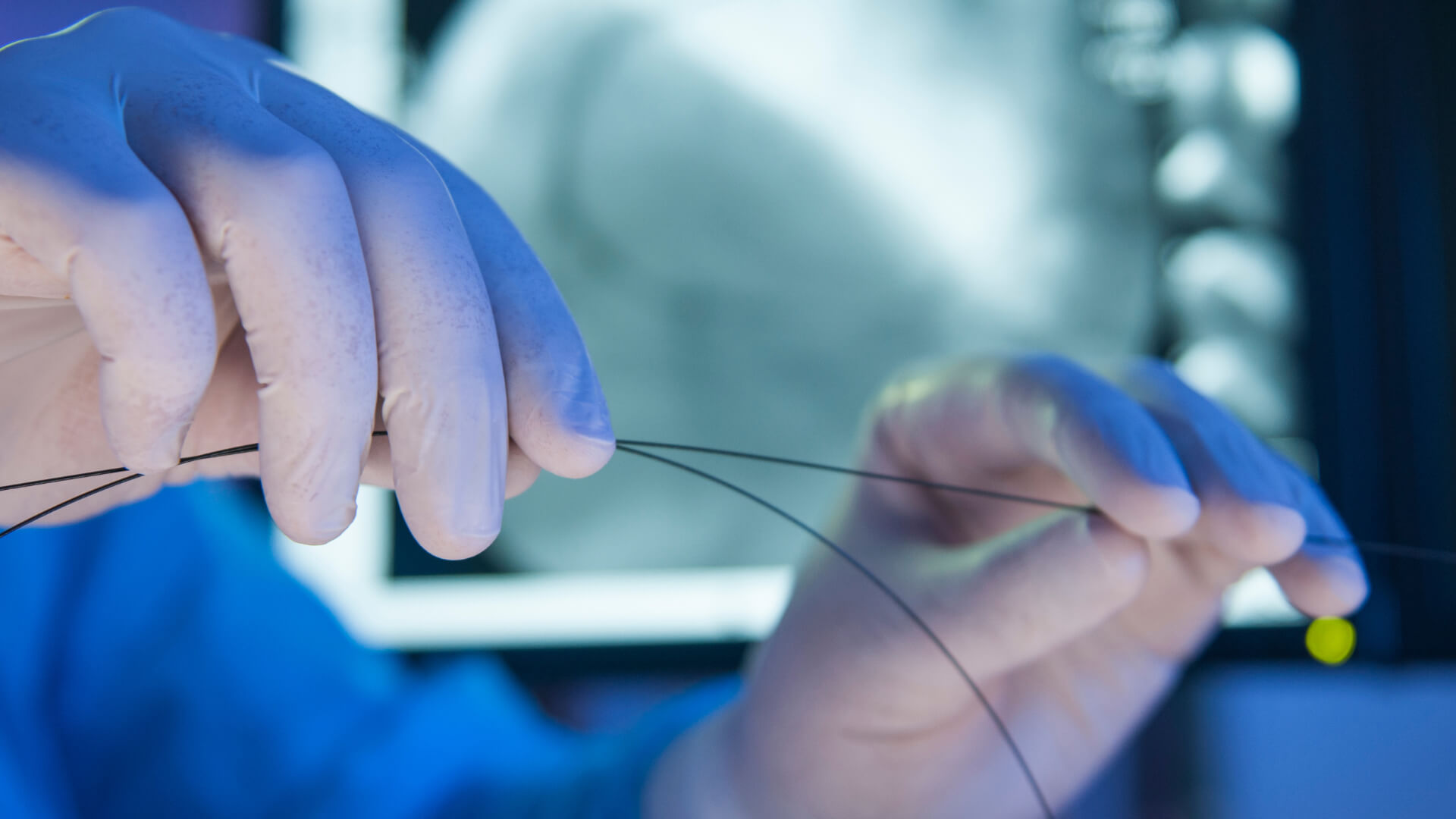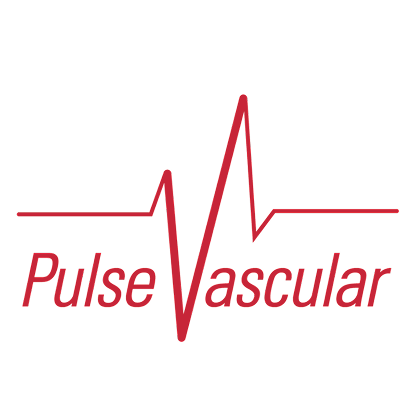
If you see a primary care physician for your general healthcare, there’s a chance you’re seeing a D.O., not an M.D. While both degrees mean your doctor is a licensed physician, their training differs slightly and each has a unique perspective on care. In New Jersey, there are both types of MD and DO, so if you prefer a certain doctor, you will always be able to find one.
What is a DO doctor?
Short for Osteopathic Doctor, DO’s receive their medical degree from a U.S. osteopathic school. Unlike MD’s, a DO is accredited by the American Osteopathic Association Commission within the Osteopathic College Accreditation (COCA).
D.O.’s are trained to have a more holistic approach to medicine and follow a medical philosophy called osteopathic medicine. DO’s are trained to consider a patient’s environment, nutrition, and body system as a whole when diagnosing and treating medical conditions.
What is an MD?
When most people think of a physician, they’re thinking of an M.D. – standing for Medical Doctor or Doctor of Medicine. MD’s practice a form of medicine called allopathic. Medical Doctors (MDs) in the United States attend medical schools accredited by the Liaison Committee on Medical Education (LCME).
Similarities between MD’s & DO’s
- Both MD and DO physicians base diagnosis and treatment recommendations on scientifically-proven conclusions.
- Attend 4 years of medical school, plus a residency program ranging from 3-7 years
- Are licensed by the same state licensing boards, i.e. both MDs and DOs must meet the same requirements to practice medicine
- Can practice medicine in all 50 states.
- Are found in every type of specialty medicine.
- Follow the same undergraduate academic path – a bachelor’s degree, Pre Med coursework, and taking the MCAT
Differences between DOs & MDs
- Medical students attending osteopathic schools (DOs) must take an additional 200 hours of training learning manipulation techniques of the musculoskeletal system.
- DO physicians tend to be primary care physicians, whereas U.S.M.D.’s tend to specialize in more specific types of medicine (Dermatology, Cardiology, Orthopedics, etc.)
- DO students take the Comprehensive Medical Licensing Examination (COMLEX). MD medical students take the United States Medical Licensing Exam (USMLE).
- MD.’s tend to practice medicine in urban, metropolitan areas. DO.’s are most prevalent in rural areas.
